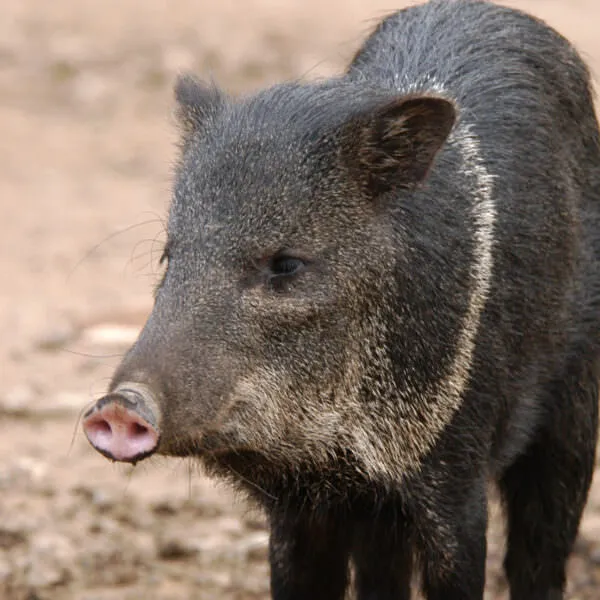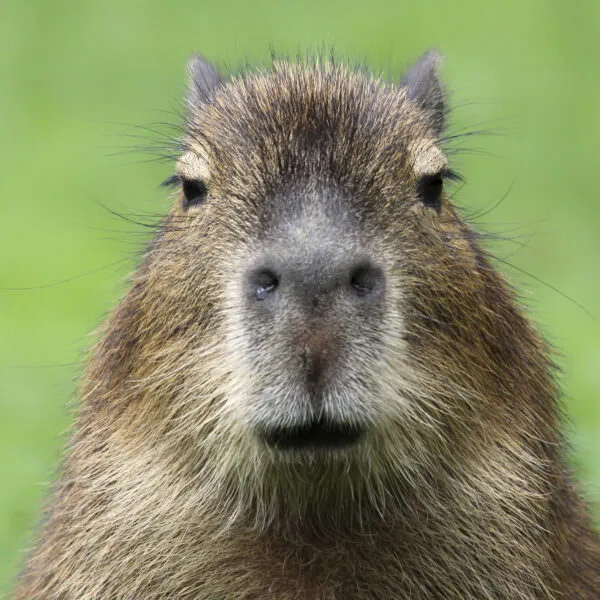Anatomy
Amazonian tapirs (also known as lowland or Brazilian tapirs) are one of the largest mammals found in South America. Weighing in at anywhere between 350 to 600 pounds, adult tapirs have rather corpulent bodies. Unusual in appearance, tapirs have thick necks, stumpy tails, and large ears. Short trunks, used for lifting food into their mouths, are also characteristic of the tapir. They are a tan to dark brown color, and have a ridge with a fringe of hair running along the backs of their necks. Baby tapirs are born with spotted and striped coats for camouflage; this will darken as the tapir ages. The 3-4 toes on each foot are spread out to help them navigate on soft, muddy ground. Tapirs have a sharp sense of smell and hearing that are useful in evading predators.
We're All In
Together, we're building a future where people and nature thrive. Sign up today and join our movement...
Habitat
The Amazonian tapir is found in South America, from northern Colombia to northern Argentina and southern Brazil on the eastern side of the Andes Mountains. Tapirs are generally most active at night, although they are often active during the day. Known for their reclusive, solitary lifestyles, tapirs are difficult to see in the wild. Although they appear to be sedentary, tapirs are able to cover great distances in the forest. Adaptable to different habitats, tapirs may be found in swamp and hillside areas, savannah, and in cloud forests and rainforests. Preferring moist areas, they are often found near waterways where they can feed, rest, and bathe.
Diet
Amazonian tapirs are considered browsing herbivores, feeding on herbaceous vegetation and fruits (with a particular affinity for bananas). As they swim well and can walk on pond bottoms, they will also feed on aquatic plants.
Threats
Being such a large mammal means also being a great source of protein for people. Tapirs are widely hunted by indigenous people in the forest. Although they are rather large, tapirs are quite defenseless, and it is believed that pumas, jaguars, and alligators may prey on small tapirs. Low reproductive rates and habitat loss, due to deforestation, have also diminished populations. Amazonian tapirs are considered a highly vulnerable species.
Sources
-
- Jukofsky, Diane. Encyclopedia of Rainforests. Connecticut: Oryx Press, 2002.
- IUCN Red List of Threatened Species
- University of Michigan Museum of Zoology
<!-- li>Club Tapir</li -->



